From running to yoga, sportswear brands want to become your new social circle – here’s how they do it
Running clubs, cycling crews and in-store fitness classes are replacing splashy traditional marketing to attract and retain customers – and it might just be working.
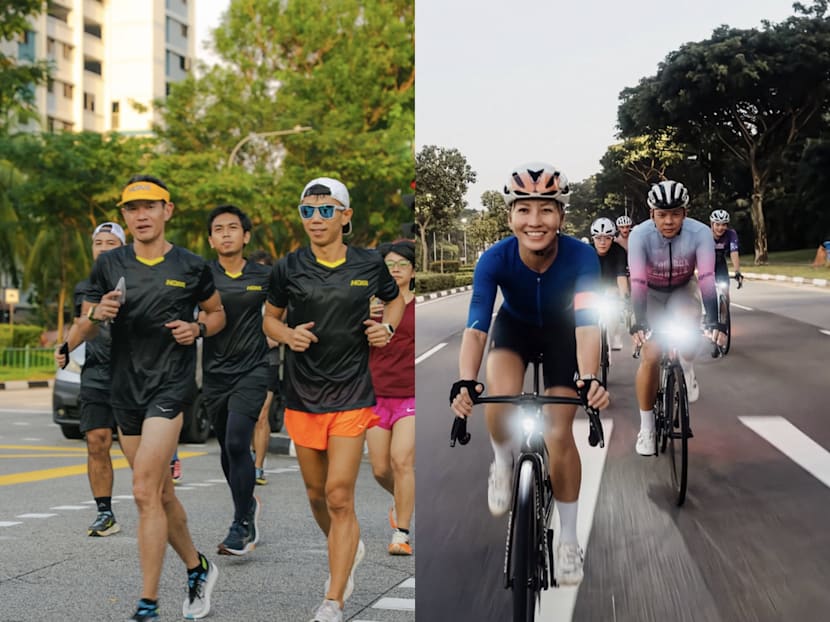
Communities of running clubs and cycling crews (Photos: IG/hoka_sg, rapha_singapore)

This audio is generated by an AI tool.
In 2025, it’s no longer enough for fashion brands to sell you a product. Amid rising inflation, economic anxiety and political division, consumers are choosing more carefully – not just what they buy, but what they buy into.
Across the sportswear space, brands are investing heavily in something they’ve always claimed to care about: Community. Not just as a marketing buzzword but as a lived experience, showing up in the form of running clubs, in-store yoga studios, gravel rides and pickleball tournaments.
As a journalist who’s covered fashion and lifestyle for over a decade, I’ve grown a little sceptical of brands that refer to their customer base as a “community” – especially when all they offer are loyalty programmes and mailing lists.
But what I’ve seen recently feels different. These aren’t one-way conversations from brand to buyer. They’re multi-directional, grounded in real-world interactions, and often built on mutual support rather than top-down messaging.
We spoke to several sportswear brands redefining what community means in 2025, and explored how activity-based experiences are helping them build deeper, more authentic connections with their customers.
A RACE TO BUILD LOYALTY
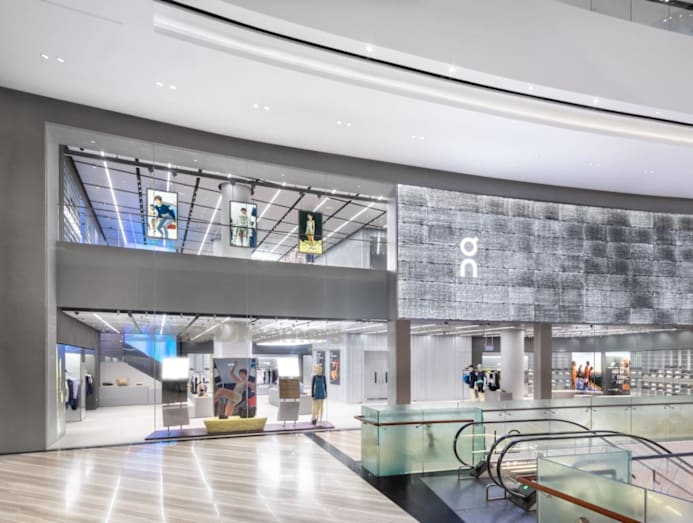
Fresh off the opening of its flagship store at Jewel Changi Airport in July, Swiss performance brand On launched its first-ever On Running Club (ORC) in Singapore – a bi-weekly meetup open to runners of all levels. The first session kicked off on Aug 2, complete with route planning, performance coaching and live product trials.
“We want to create a vibrant, inclusive community where runners of all levels feel inspired, supported and connected,” said Seher Faizullabhoy, marketing manager of On Singapore.
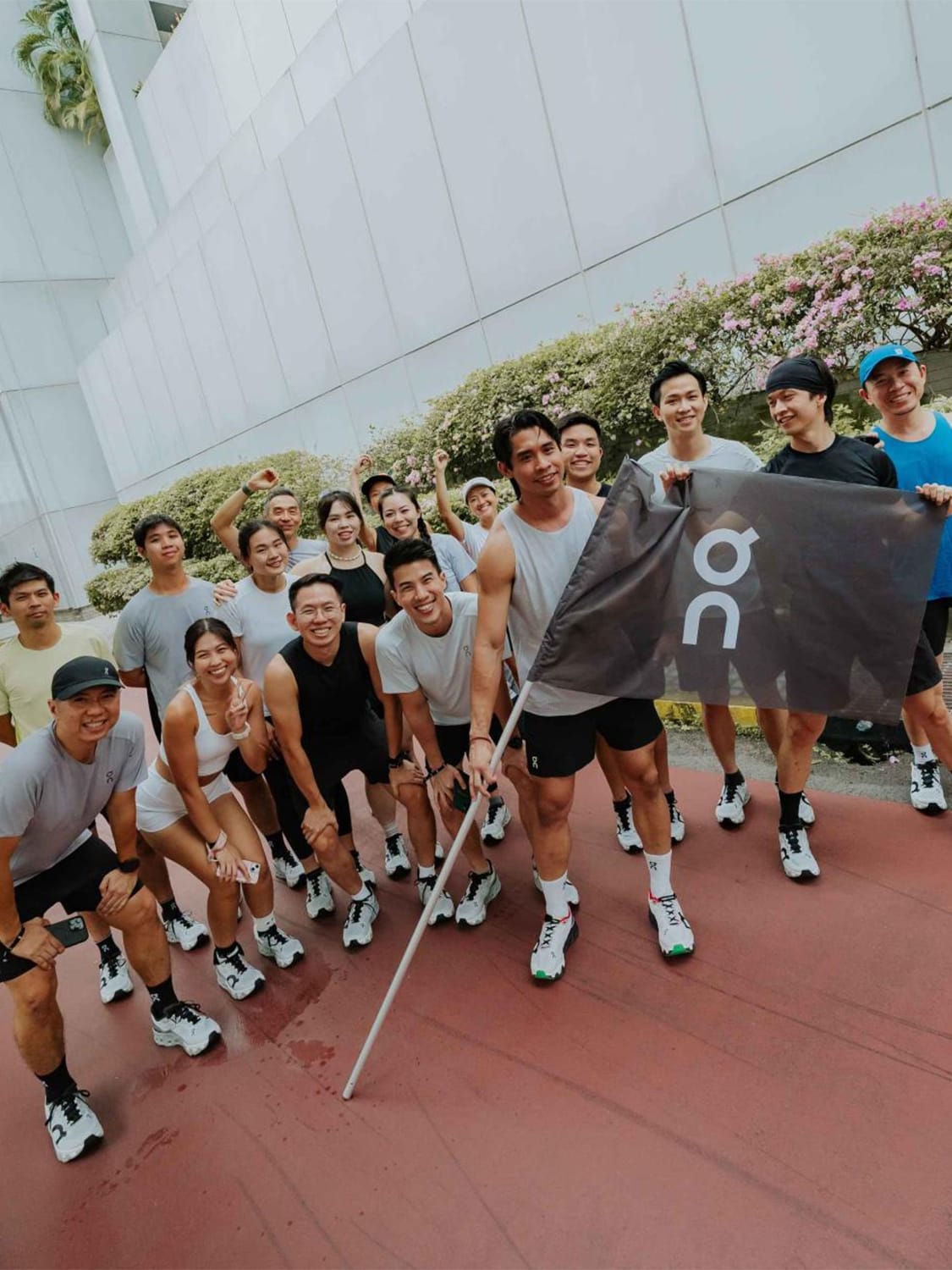
Each session includes shoe trials – a clever, no-pressure opportunity to test new gear in real conditions. The emphasis is less on the performance, but about building what Faizullabhoy described as “a space where people feel a sense of belonging, excitement and growth through every stride”.
Singapore’s brand-led running communities are well established. Adidas Runners SG (ARSG), which started in 2017, now boasts over 9,000 members. Their tagline, "Every Pace Has A Place", isn't just a slogan, according to senior brand activation manager Naufal Gani.
“Our sessions offer up to five different pace groups plus a walking group, so no matter which pace group you’re in, the session ends as a group and everyone finishes together,” explained Gani.
That commitment to inclusion extends to structured marathon training led by specialist running coach Arthur Tong and global initiatives like Move For The Planet, where every ten minutes of logged activity contributes to funding sustainability projects.
“Building a community takes time,” Gani added. "It’s not just about organising runs, but also about showing up consistently and creating a space where people feel welcome.”
In 2024, Hoka relaunched its Hoka Run Club (HRC) alongside the opening of its flagship at ION Orchard. With over 2,000 members, HRC hosts themed runs, masterclasses and performance training sessions – often pairing gear trials with strength workouts or hill sprints.
“What makes HRC stand out is our focus on education, experience and community,” said a Hoka spokesperson. “It’s never just a jog – it’s a smarter way to run, a path to better training and a commitment to injury prevention – all while forging supportive connections.”
BEYOND THE KIT
Of all sportswear categories, cycling may be the most inherently community-driven. Group rides demand shared time, trust and terrain – making real-life interaction crucial. Brands like Rapha and Pas Normal Studios have embraced this, placing community at the centre of their Singapore strategy.
“Rapha has always told romantic stories about the sport and its heroes,” said Rapha’s regional community manager Christopher Chen. The British brand began building its Singapore community over 12 years ago, when cycling was still considered niche. Today, its gravel rides, club meetups and Tour de France viewing parties draw loyal crowds.
In 2024, Rapha's Women's 100 campaign – which began locally over a decade ago with just three riders – attracted over 100 participants. The initiative included mindfulness rides, strength workshops, as well as a skincare collaboration with Clarins.
Chen says the community’s growth is a reflection of consistency and care. “The compass that’s guided me is still the same: an obsessive level of empathy. Treating and welcoming fellow cyclists the same way I’d want to be.”
Meanwhile, Danish brand Pas Normal Studios launched its Singapore flagship in late 2023. Since then, its International Cycling Club (ICC) has hosted a range of rides and cultural activations, including wine nights and a sunrise-to-sundown Midsummer 200km challenge inspired by its Danish roots.
“We believe community is the core of our business,” said BJ Chew, Pas Normal Studios Asia/Pacific sales and activation manager. “Traditional marketing can’t match what the community in Singapore has achieved together.”
Both brands empower riders at every level, often encouraging self-organised rides. "We strongly encourage our community to explore their own roads," said Chew, noting that rides range from 10 to over 50 participants.
Beyond social rides, Rapha also offers beginner-friendly maintenance workshops. “It’s important for every cyclist to learn basic maintenance to build independence and a deepened sense of ownership,” noted Chen.
Sales often follow organically. “We don’t rely heavily on traditional marketing,” said Chew. “Many customers are return buyers, and new ones often come through community referrals.”
For Rapha, product is secondary. “Of course we’ve seen a measurable impact,” said Chen. “But the most important thing is showing up. One of the things I always say – and it’s now a running joke in the community – is: You can wear anything you want. Just wear something.
RETAIL MEETS RITUAL
One of the most exciting community experiments now is taking place inside a mall.
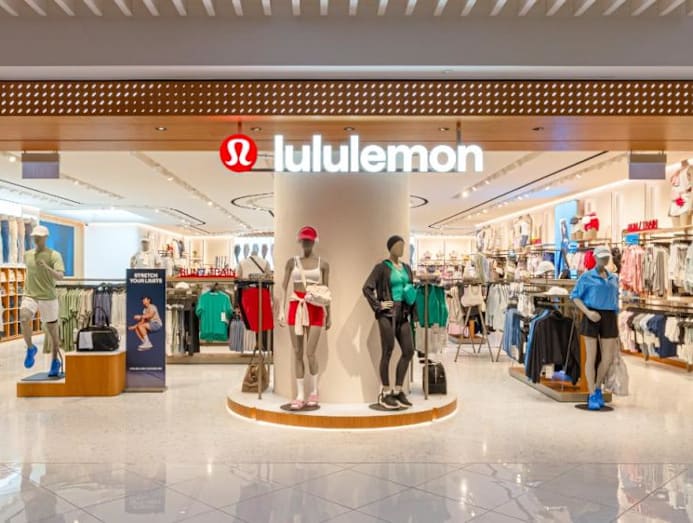
At its newly reopened Takashimaya flagship, Lululemon has partnered with long-time ambassador and yoga instructor Betty Kong to launch its first retail-meets-wellness concept in Southeast Asia. Guests can shop for activewear, then step next door into Within – Kong's movement studio offering yoga, reformer and fitness classes.
“Our guests are looking for more than just products,” said Tim Campbell-Scott, Lululemon’s market director of Southeast Asia. “They want connection, intentional movement and spaces that align with their values.”
Rather than launch a corporate wellness offering, Lululemon co-created the studio with Kong, whose relationship with the brand spans over a decade – first in Vancouver, then as one of Lululemon’s earliest ambassadors in Singapore. “Partnering with Betty allowed us to create something far more authentic and impactful,” said Campbell-Scott.
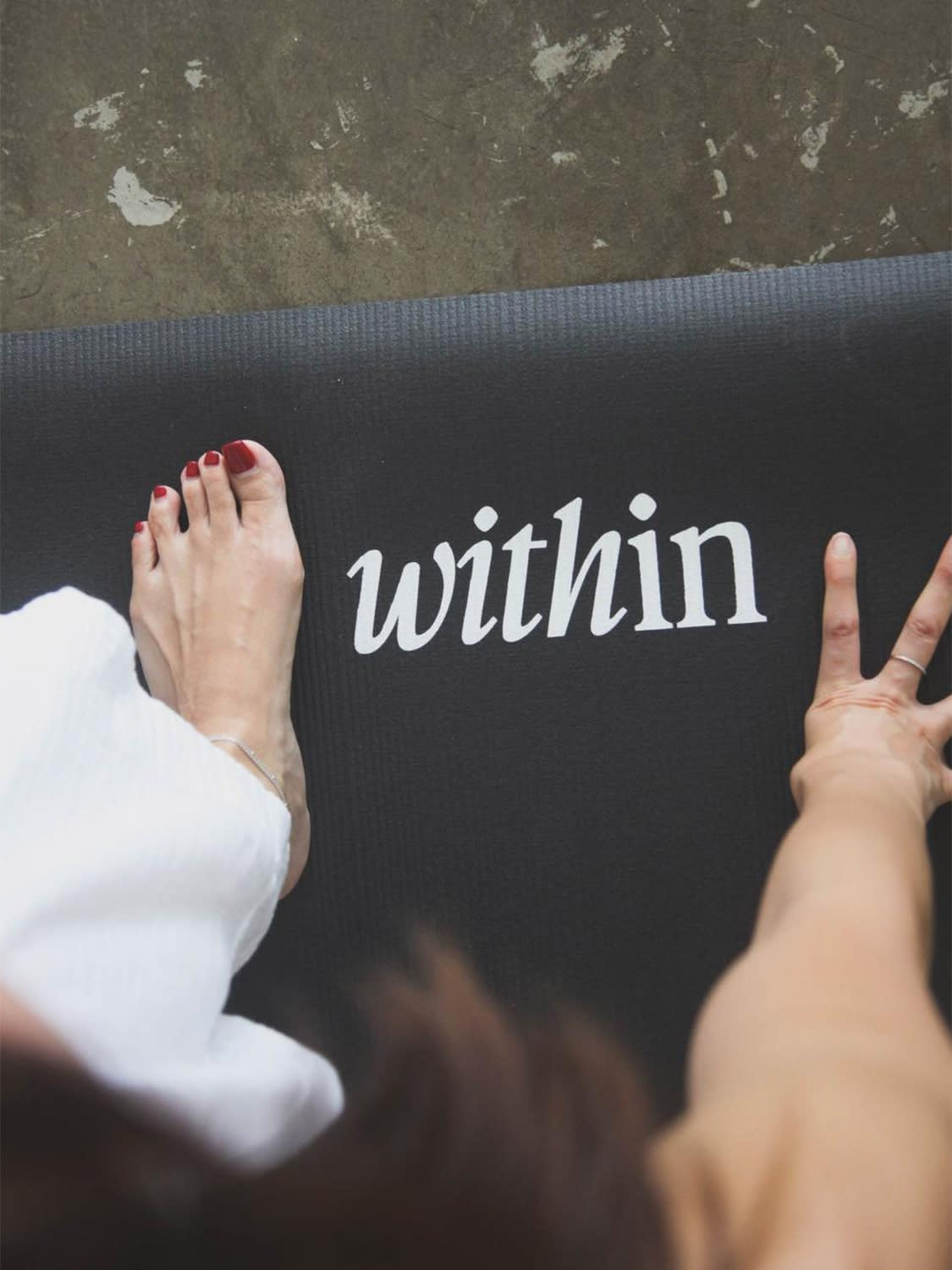
That choice also reflects a wider cultural shift: People don’t just want to buy into wellness – they want to experience it, led by someone they trust. “By sharing our platform, we’re not only celebrating Betty’s personal evolution, but also uplifting the wider community,” he added.
Globally, only a select few Lululemon stores integrate studios, including in New York, Toronto and Shanghai – each acting as community hubs where “movement meets mindfulness and product meets purpose”.
The programming is designed to be just as intentional, with yoga and pilates sessions at the studio, community runs starting from the store, and upcoming events with wellness leaders. “These moments help us understand our guests better and ensure we’re serving them in ways that truly resonate,” said Campbell-Scott.
COURTING NEW FANS
Of all the activities that performance brands are embracing, pickleball might seem the unlikeliest – it’s slower-paced, more recreational and far less established than running or cycling. But its fast-growing popularity among cross-generational players makes it a smart, strategic move.
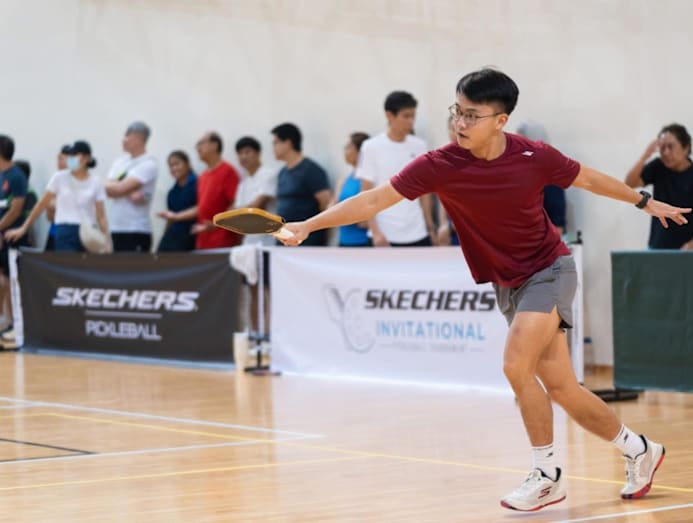
Skechers, best known for walking and running shoes, spotted the potential early. In 2023, the brand hosted Singapore’s first Skechers Invitational Pickleball Open in partnership with the Asia Federation of Pickleball – even converting badminton courts to make it happen.
“It was time-consuming and logistically demanding, but a worthwhile effort to pioneer a local platform where enthusiasts could come together, compete and grow the community,” said Eileen Tan, regional marketing director of Skechers Southeast Asia.
“Pickleball is fun, inclusive, social, and low-impact – which makes it accessible to a wide range of age groups, and this resonates with our brand values,” she added. “While there are many other legacy sports like basketball or football that we dabble in too, we see pickleball as a space to build community, drive innovation and reinforce our role as a brand that champions movement for all.”
A second tournament followed in 2024, offering players on-the-ground exposure to Skechers’ Viper Court footwear line. At the time of publication, details for this year’s edition have yet to be announced.
Skechers also sponsors Bukit Gombak, a local pickleball team, and Ryan Ng, a community advocate helping to grow the sport’s visibility in Singapore.
This grassroots strategy mirrors its running efforts, where weekly workshops and a peer-led Run Leader system foster consistency and camaraderie. “We believe movement is not just a physical activity, but a way to foster connection and build a sense of belonging,” said Tan.






